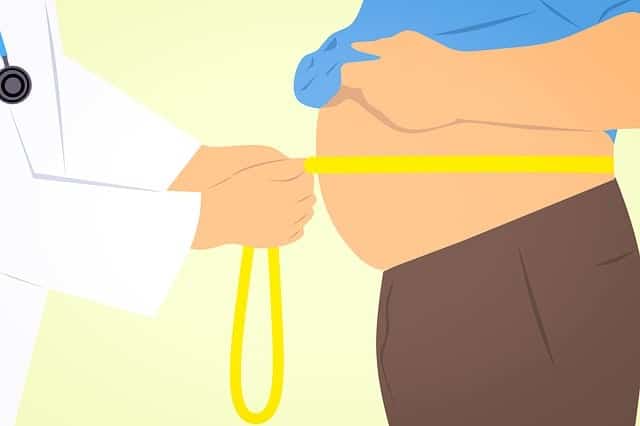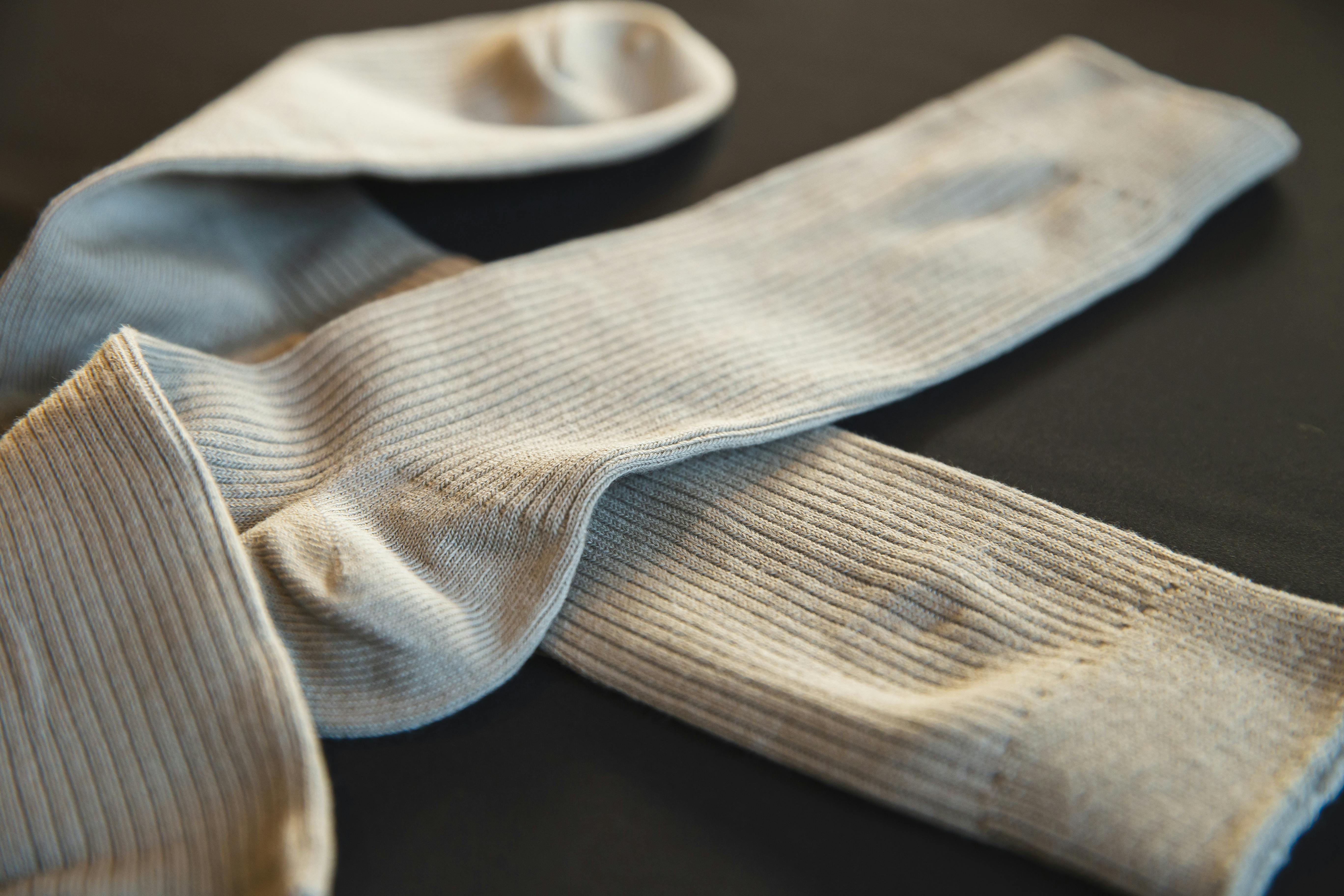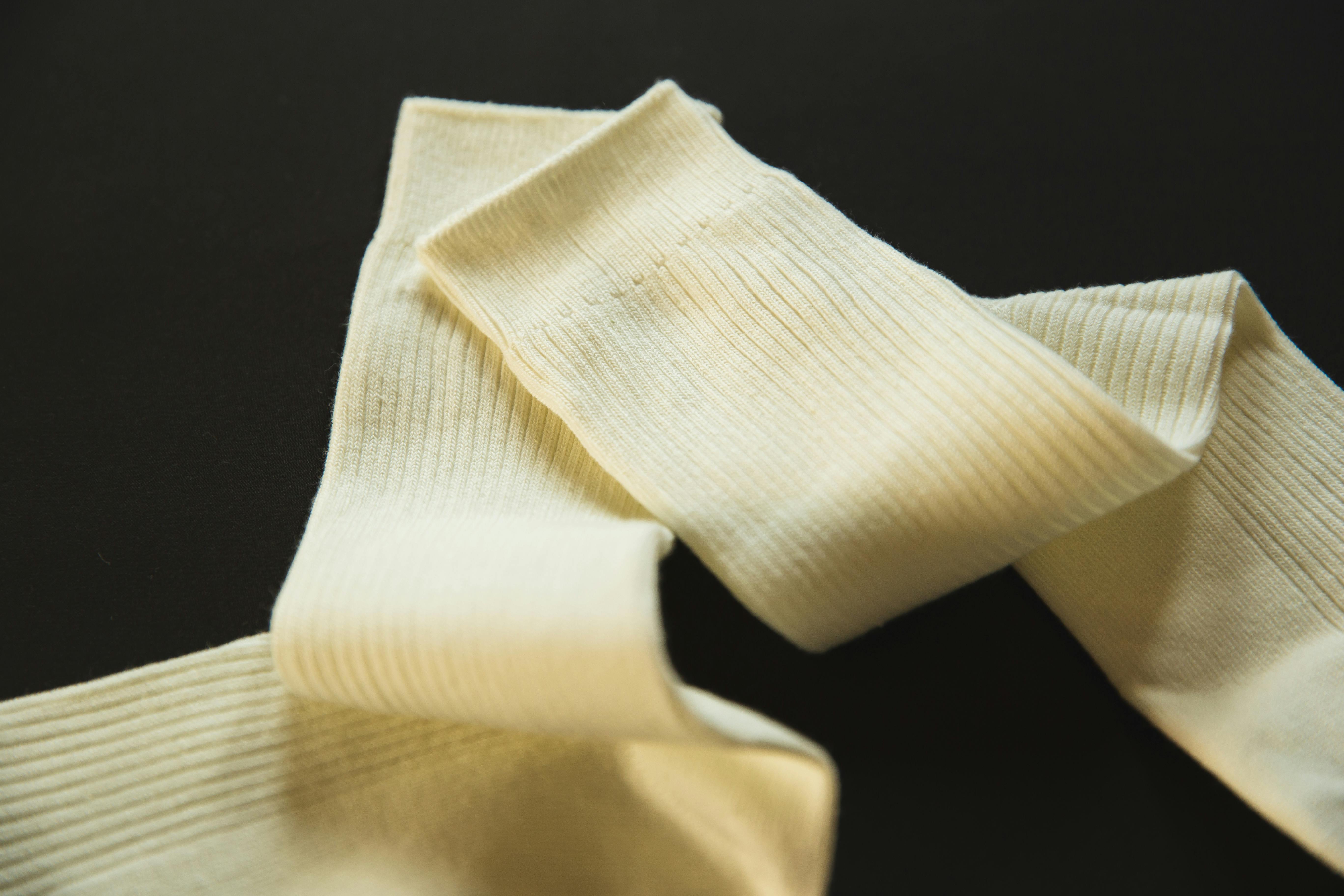How Long Should You Wear Compression Garments After Liposuction

Compression garments are a vital part of the post-operative healing process following liposuction. Compression garments can help reduce swelling, and keep your skin firmly in place while the area heals. It is important to wear your compression garment for the prescribed period of time after liposuction to ensure optimal results. This article will discuss how long you should wear compression garments after liposuction.It is recommended to wear a compression garment continuously for at least two weeks after liposuction. After this, you should continue to wear the garment for 8-12 hours a day for 4-6 weeks. Compression garments reduce swelling and help the body to shape itself around the new contours.
Why Are Compression Garments Necessary After Liposuction?
Compression garments are an important part of the liposuction recovery process. After a liposuction procedure, your body needs extra support to help reduce swelling and ensure that the area heals properly. Compression garments provide this support and help to reduce the risk of complications after surgery. Wearing a compression garment helps to minimize swelling, promote healing, reduce the risk of infection, and improve the contour of the treated area. It also helps to reduce post-operative discomfort and helps to maintain results over time.
Compression garments are typically worn for four to six weeks after surgery, depending on what your surgeon recommends. It is important to wear them as directed in order to get the best results from your liposuction procedure. The garment should fit snugly but not too tight as this can cause discomfort or impede circulation. Make sure you follow any instructions given by your surgeon regarding when and how long you should wear the garment.
It is important to note that compression garments are not meant to be used as a substitute for proper diet and exercise. While they can help reduce swelling and aid in healing, they cannot replace good nutrition and exercise as a way of maintaining your results over time.
In summary, compression garments are an important part of the liposuction recovery process because they provide necessary support and help promote healing after surgery. They should be worn as directed by your surgeon in order to get the most benefit from them and ensure optimal results from your liposuction procedure.
Types of Compression Garments for Liposuction
Compression garments for liposuction are designed to provide support and accelerate the healing process after the procedure. Depending on the patient’s individual needs, these garments can be tailored to provide different levels of support. The most common types of compression garments for liposuction are full body girdles and abdominal binders.
Full body girdles offer the most comprehensive coverage after liposuction. These garments typically cover the entire torso, from the chest down to the thighs, and provide extra support to help contour the body. Abdominal binders are designed specifically for abdominal liposuction procedures and usually cover from just below the chest down to just above the pubic bone.
In addition to full body girdles and abdominal binders, there are also compression shorts and vests that can be worn after liposuction. Compression shorts are designed specifically for lower body procedures such as thigh liposuction, while vests are ideal for upper body procedures such as breast reduction or arm liposuction.
When choosing a compression garment for liposuction, it is important to select one that is comfortable and fits correctly. It should not be too tight or too loose as this can interfere with the healing process. It is also important to select a garment that will provide adequate support without restricting movement or circulation. Compression garments should be worn during all stages of recovery in order to ensure optimal results from your liposuction procedure.
Benefits of Wearing Compression Garments After Liposuction
Compression garments are an essential part of the recovery process after liposuction surgery. These garments provide support and help to reduce swelling and discomfort after the procedure. They also help to contour the body, as well as improve skin texture and tone. By wearing a compression garment, you can reduce your risk of complications and speed up your recovery time. Here are some of the benefits of wearing a compression garment after liposuction:
– Improved Circulation: Compression garments help to improve circulation in the affected area by providing gentle pressure that encourages blood flow and reduces swelling. This helps to reduce discomfort and aids in healing.
– Reduced Swelling: Wearing a compression garment can help to reduce swelling in the area where liposuction has been performed. This is due to the pressure exerted by the garment, which helps to keep fluids from accumulating and encourages drainage.
– Improved Comfort: Compression garments help to minimize discomfort by providing extra support for areas where liposuction has been performed. The extra support helps to reduce pain and tenderness, making it easier for you to move around without feeling uncomfortable or restricted.
– Contoured Shape: Compression garments help to contour your body shape by providing support and reducing swelling. This helps to improve your overall appearance after liposuction surgery.
– Skin Tone Improvement: Compression garments can also help to improve skin tone in areas that have been treated with liposuction. The pressure exerted by the garment encourages collagen production, which can lead to improved skin elasticity and tone.
Wearing a compression garment is an important part of post-liposuction care that should not be overlooked. The benefits outlined above are just some of the many reasons why it is important for you to wear one following your procedure.
When Should You Start Wearing Compression Garments After Liposuction?
It is recommended to start wearing compression garments after liposuction as soon as possible for optimal results. This helps to reduce swelling, promote healing, and support the newly contoured areas of the body. Compression garments should be worn for a minimum of six weeks, but can be worn for up to three months. It is important to wear them consistently during this time period for the best possible outcome.
Compression garments help to improve circulation and reduce the risk of blood clots forming in the treated area. The pressure applied by these garments also helps to reduce swelling and bruising by providing gentle support that encourages lymph drainage. Additionally, compression garments help to shape and contour the treated areas by providing firm support after liposuction.
It is important to select a compression garment that fits properly and is comfortable enough to be worn for extended periods of time. The garment should not be too tight or too loose, as this may cause discomfort or impede healing. It is also important to follow your doctor’s instructions regarding how often and how long you should wear your compression garment following liposuction surgery.
Overall, it is recommended that you start wearing compression garments after liposuction as soon as possible in order to get the most out of your results and experience an optimal recovery process. By following your doctor’s instructions regarding when, how often, and how long you should wear your compression garment after surgery, you can ensure a comfortable recovery with great results!

How Often Should You Wear Compression Garments After Liposuction?
Compression garments are an essential part of the recovery process after liposuction. They help reduce swelling, improve circulation, and support the skin during the healing process. Wearing a compression garment is essential to ensure the best possible results from your liposuction procedure. But how often should you wear a compression garment?
The answer depends on multiple factors, including the type of liposuction procedure you have had and your doctor’s recommendation. Generally speaking, you should wear a compression garment for at least two weeks after your procedure. It is also important to wear the garment during any strenuous activity or exercise. You may need to wear it for up to four weeks in some cases.
Your doctor will likely recommend that you wear a compression garment at least 12 hours each day for two weeks following your surgery. This will help reduce swelling and speed up your recovery time. After two weeks, you can switch to wearing it only during periods of increased physical activity or exercise for up to four more weeks.
It is important to listen to your doctor’s advice when it comes to how often you should wear a compression garment after liposuction. Your surgeon will know what is best for your individual case and can provide more specific instructions for how long you should be wearing the garment each day and when it is safe to stop wearing it altogether.
Always make sure that you are taking good care of yourself following a liposuction procedure and that you are following all of your doctor’s instructions closely, including wearing a compression garment for as long as they recommend.
Possible Complications Of Not Wearing Compression Garments After Liposuction
Not wearing compression garments after liposuction can lead to a number of potential complications. The most common and serious complication of not wearing compression garments is the increased risk of seroma formation. Seroma is a pocket of fluid that can form under the skin and can cause inflammation, pain, and infection. If left untreated, seromas can lead to other more serious complications such as tissue death or infection.
In addition to the risk of seroma formation, not wearing compression garments can also lead to an increase in swelling and bruising. Compression garments help reduce swelling and bruising by keeping the area tight and preventing fluid from accumulating around the surgical area. Without compression garments, swelling and bruising may be more pronounced, leading to a longer recovery period.
Not wearing compression garments can also lead to an increase in scarring. Without proper support from a compression garment, scars may be larger or more prominent than they otherwise would have been with proper support from a garment. This can be especially true for people who are prone to keloid scarring or hypertrophic scarring.
Finally, not wearing compression garments after liposuction increases the risk of skin irregularities such as dimpling or irregularities in contour due to uneven fat removal or fat migration during healing. Compression garments help keep the skin tight and smooth during the healing process, which reduces the risk of these types of irregularities developing after surgery.
Tips for Choosing the Right Size and Fit of Compression Garment Following Liposuction
Choosing the right size and fit of a compression garment following liposuction is essential to ensure that the body heals and recovers properly. A properly fitted garment will help reduce swelling, support the healing process, and prevent complications. Here are some tips for choosing a compression garment for post-liposuction recovery:
1. Measure Your Body: Before you purchase a compression garment, be sure to get accurate measurements of your body. Measurements should include your waist, hips, chest, arms, and legs in order to determine the correct size of garment you need.
2. Choose a Quality Garment: Make sure that you choose a high-quality compression garment that is specifically designed for post-liposuction recovery. Look for garments that are made from breathable materials such as cotton or spandex which will allow your skin to breathe while still providing sufficient support.
3. Get Professional Advice: It is important to consult with your doctor or surgeon before purchasing your compression garment in order to ensure that you are getting the right size and fit for your body type. Your doctor or surgeon can help guide you in selecting a garment that is suitable for your individual needs.
4. Try it On: Once you have selected a compression garment, make sure that you try it on before purchasing it in order to ensure the correct fit and comfort level for your body type. The garment should fit snugly but not be too tight or uncomfortable as this can cause irritation or further complications during recovery.
5. Wear Regularly: During recovery from liposuction it is important to wear your compression garment regularly in order to ensure proper healing and recovery time. Depending on the extent of your procedure, it may be necessary to wear the garment all day long during the first few weeks of recovery as well as while sleeping at night time in order to maximize results and minimize risks of complications during healing process.

Conclusion
The use of compression garments after liposuction is an important part of the recovery process. Not only do they reduce swelling and bruising, but they also help the skin to contour to its new shape. The length of time that you should wear the compression garment depends on the amount of fat that was removed, as well as any other factors that may have been present during the procedure and your own individual healing process. Generally, it is recommended to wear a compression garment for at least four weeks following liposuction, but this can vary from person-to-person. If you are unsure how long you should be wearing your garment for, it is best to ask your doctor for their specific recommendation.
Compression garments should be worn as instructed by your doctor and should be fitted properly by a trained professional in order to achieve maximum benefit. Compression garments can help reduce pain and discomfort after liposuction, as well as make the recovery process more comfortable and successful overall. Ultimately, if you follow your doctor’s instructions when it comes to wearing compression garments after liposuction, you can rest assured that you are taking the necessary steps towards achieving optimal results.
